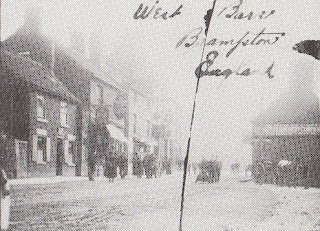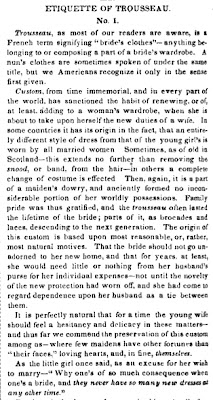Arrival: 1887, to Marriage: 1891
Salt Lake City, Utah, about 1887
Meeting [Henry] in Salt Lake City on July 6, 1887 were his family—his sisters Lizzie [Elisabeth Marsden Green Rood Griffiths (1863-1943)] and Ann [Annie Green Griffiths (1865-1947)], aunts Ellen [Marsden Davis Pullen (1829-1906)], Hannah [Marsden Bingley (1831-1900)], and uncle Eardly [Eardley Revell Bingley (1828-1910)]. He found them comfortable, well, and happy. Harry first lived with Elizabeth and Joe Griffiths [Joseph Griffiths (1855-1926)] on 8th South between 3rd and 4th West.
He wrote to his mother, “In Zion at last—my prayer is, Dear Mother, that I may have God’s aid to help me to carry out your kind council. Would to God that I had taken more notice of you when in your midst.…Forgive me for all I might have done amiss. And I will try to be a comfort to you in your reclining years.”
In August of that year he found employment at the Ontario Brick Yard in Park City. He wrote, “I am not afraid to work.…” He sacrificed and worked hard wheeling bricks and using a shovel and pick so he could send money to make his parents comfortable and help them follow him to America. His wages were $2.50 a day. Harry’s boss was not good at books, so Harry did book work also. He lived in a tent and had rough acquaintances. Staying faithful to the Church, he attended meetings in Snyderville. He wrote, “Most of the men work on Sunday, but I feel to observe the commandment to keep the Sabbath Day holy along with the rest of the commandments, knowing that if I do I shall be greatly blessed. I have put my shoulder to the wheel and if there is any work to be got, I am going to have my share of it. Do not get down-hearted, but cheer up and feel glad in the hour of trouble everything will end for our good, providing we keep faithful to our calling.”
His family missed him. His mother wrote on June 21, “I have prayed for you and will not cease to offer up my faith and prayers to God, our Heavenly Father, for your safe arrive in Zion, and also for your prosperity after you arrive. Dear Harry, be a good lad and keep good company, and the Lord will bless you.” Later, July 5, “I do miss you, Harry, but would not have you back for all the world. You have left me for a good purpose and I know God will bless you if you do that which is right. I hope the time will not be long before we all meet again. It looks so strange at meal times and at nights without you. When bedtime comes and I look around and there is another missing, I scarcely know how to contain my feelings.”
In a letter written August 17, 1887, his father said, “I often fancy you coming round the corner when I am in the Old arm chair. I have shed many tears since you left me. It is a great trouble to me. I have forgiven you, and I hope the Lord will bless you and protect you from all danger.”
He was homesick, writing, “I’m well in health, low in spirits. How I wish I could see Sarah and all of you. It would do me a power of good.” On a more optimistic note, “You must all be happy to know what a glorious future awaits us if we are faithful.”
The letters that he wrote to his sweetheart, Sarah, in England, are missing, but he refers to her in letters to his family. He said, “Dear Willie, tell Sarah to brace up and get ready to come out here and see her Harry once more. Kiss her and also all family a hundred times for me.” Later, to his mother, “…glad you think she is a nice girl. Why do you think I shall not make a Mormon of her? I shall try at all events and leave the rest to God.”
Harry wrote many times urging his family to come: “What a happy time we will all have when we all meet again.” In another letter he told his brothers and sisters to be good and to help. “It depends on your actions whether father will come into the Church. Make home a heaven.”
He sent $80.00 for his fifteen-year-old brother, Willie [William Green (1871-1955)], to come in October 1887. Some of his advice to Willie was, “Ask God to grant unto you wisdom sufficient to overcome all wrong and to keep you from any trap that is laid to entrap young emigrants. Attend to your prayers, be obedient to those that are over you. Then you will come out safe and you will be blessed to a great extent.”
To be continued...




































